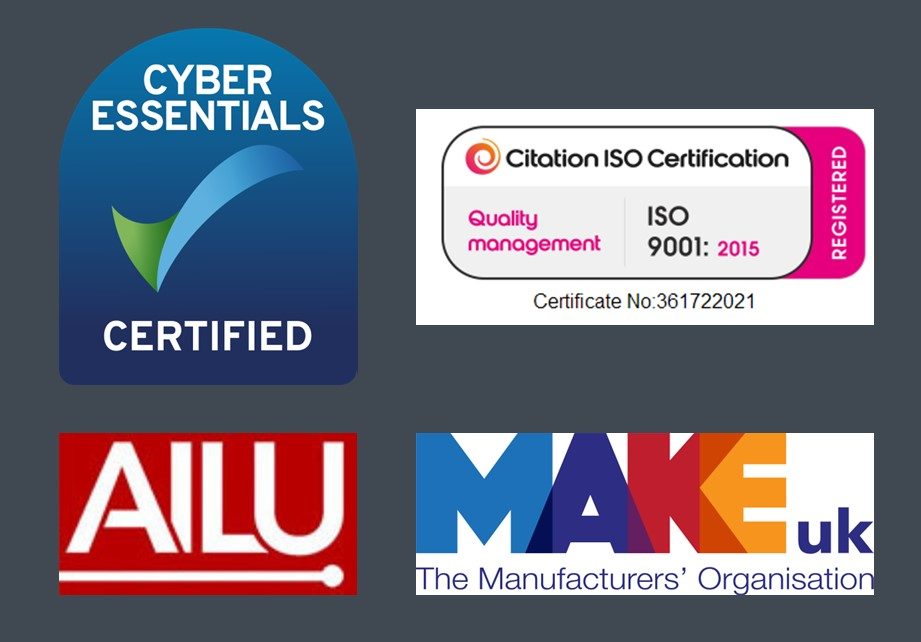Discover the Best Handheld Laser Welders for Top Efficiency in 2025
As industries increasingly seek ways to enhance productivity and reduce costs, the demand for laser welder hand held devices has seen a significant rise. According to a recent market research report by Fortune Business Insights, the global laser welding market is expected to reach $1.5 billion by 2025, growing at a compound annual growth rate (CAGR) of over 7.2%. This growth is driven by the need for more efficient, precise, and versatile welding solutions across various sectors, including automotive, aerospace, and electronics.
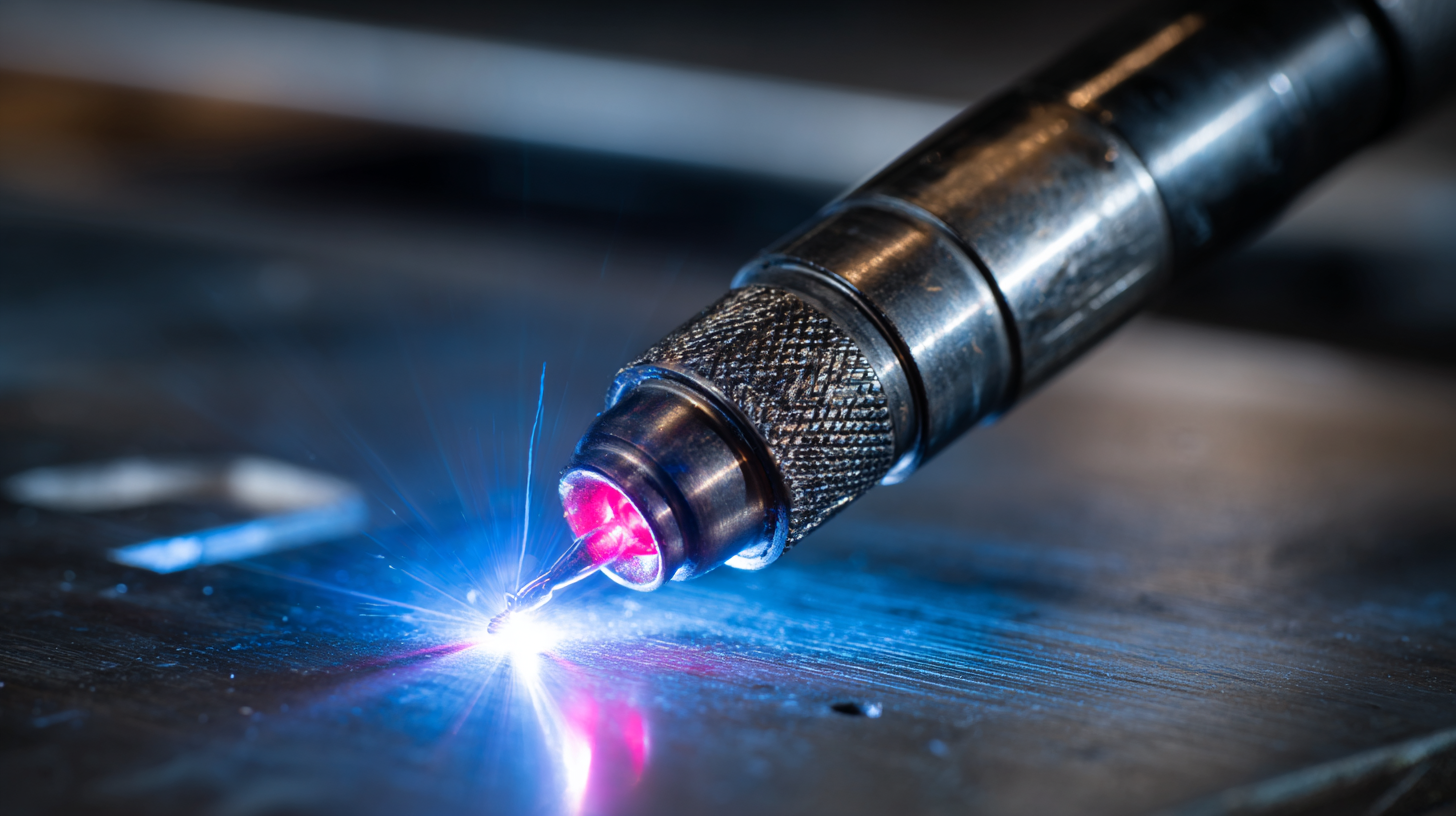
Handheld laser welders provide a unique blend of portability and performance, allowing for rapid welding applications that are essential in today’s fast-paced manufacturing environments. Unlike traditional welding methods, laser welding minimizes heat distortion and maximizes adhesion strength, contributing to superior joint integrity. Industry leaders are now recognizing that investing in high-quality handheld laser welders can yield substantial returns, not only through improved work quality but also by reducing overall operational costs.
In 2025, we anticipate that the market will be saturated with innovative handheld laser welding technologies that cater to diverse industrial needs. This article explores the "2025 Top 5" handheld laser welders, emphasizing their efficiency, ease of use, and unique features that set them apart in an evolving landscape, ensuring that manufacturers stay ahead in their competitive sectors.
The Evolution of Handheld Laser Welders: Key Innovations to Look For in 2025
The evolution of handheld laser welders has been marked by significant technological advancements that promise to enhance efficiency and ease of use. One of the key innovations in 2025 is the integration of artificial intelligence into welding processes. AI algorithms can now analyze welding patterns and adjust laser settings in real time, ensuring optimal performance and reduced material waste. This capability not only improves the quality of welds but also allows operators to achieve consistent results across different projects.
Another notable development is the introduction of lightweight, ergonomic designs that facilitate extended use without fatigue. Manufacturers are focusing on compact, portable models that do not compromise on power. Enhanced battery technology has also played a crucial role, providing longer operational time and quicker recharge capabilities. As a result, these handheld laser welders are becoming more accessible for various industries, from automotive to construction, enabling professionals to perform high-precision welding tasks with ease and efficiency.
Discover the Best Handheld Laser Welders for Top Efficiency in 2025
| Model | Laser Type | Welding Power (W) | Weight (kg) | Battery Life (hours) | Price Range ($) | Key Features |
|---|---|---|---|---|---|---|
| Model A | Fiber Laser | 1000 | 2.5 | 5 | 2000-2500 | Compact Design, Fast Cooling |
| Model B | Diode Laser | 1200 | 3.0 | 6 | 1500-2000 | High Efficiency, User-Friendly Interface |
| Model C | CO2 Laser | 900 | 4.0 | 4 | 1800-2300 | Versatile Applications, Adjustable Settings |
| Model D | Solid-State Laser | 1500 | 3.5 | 7 | 2500-3000 | High Precision, Low Energy Consumption |
| Model E | Fiber Laser | 800 | 2.0 | 5.5 | 1000-1500 | Lightweight, Ergonomic Design |
Top Brands Leading the Way: A Comparative Analysis of 2025's Best Laser Welders
As the demand for efficiency in welding processes continues to rise, the handheld laser welder market is seeing significant advancements in 2025. A recent industry report by Market Research Future predicts an annual growth rate of 8% in the laser welding market, driven by automation in manufacturing and the quest for precision. Leading brands such as Trumpf, IPG Photonics, and Han’s Laser are at the forefront, offering innovative products that combine efficiency with ease of use. In our comparative analysis, Trumpf’s TruLaser series stands out with its cutting-edge technology, while IPG’s Fiber Laser solutions provide unmatched speed and adaptability.
**Tip:** When selecting a handheld laser welder, consider the type of materials you will be working with. Different brands specialize in various applications, and understanding your specific needs can dramatically increase your efficiency and output quality.
Furthermore, features such as adjustable power settings and user-friendly interfaces can enhance the versatility of laser welders. Han's Laser has made strides with their ergonomic designs that not only minimize operator fatigue but also maximize precision in tight spaces. An exciting trend noted from the 2025 Tech Analysis Report is the integration of smart technology in these welders, allowing for real-time monitoring and adjustments to ensure optimal performance.
**Tip:** Invest in training for your team to effectively utilize the advanced features of modern laser welders. Proper training can lead to reduced errors and a more efficient workflow, ultimately saving time and costs.

Efficiency Metrics: Understanding Power Output and Speed in Handheld Laser Welding
Handheld laser welders are rapidly gaining traction as a viable alternative to traditional welding methods such as TIG, MIG, and MAG. These devices are designed to deliver unparalleled precision and efficiency, enabling welders to achieve high-quality results with minimal effort. The efficiency metrics of these machines hinge on their power output and welding speed, which directly influence their overall performance. By optimizing these factors, users can significantly reduce operational times while maintaining the integrity of their welds.
Among the latest advancements in this technology, models like the LightWELD 1500 stand out for their impressive capabilities. This handheld laser welder is noted for its combination of portability and power, making it an ideal choice for both intricate and heavy-duty applications. The ability to adjust power settings allows welders to fine-tune the welding process to suit different materials and thicknesses, enhancing both versatility and efficiency. In a landscape where efficiency is paramount, understanding these performance metrics is essential for professionals aiming to elevate their welding operations in 2025 and beyond.
Handheld Laser Welders Efficiency Metrics (2025)
Safety Standards and Regulations: What to Expect for Handheld Laser Welders in 2025
As handheld laser welders gain traction in various industries, safety standards and regulations are evolving to ensure user protection and equipment reliability. By 2025, we can expect stringent guidelines that govern not only the operational aspects of these machines but also their design and manufacturing processes. Agencies will likely emphasize the importance of safety features, such as automatic shutoff mechanisms, protective housing, and adequate labeling to inform users of potential hazards.
Additionally, the training required for operators will become more comprehensive, focusing on safe handling practices and emergency procedures. Manufacturers may be compelled to provide detailed user manuals and training sessions to comply with these new regulations. As industries adopt handheld laser welding technology, ensuring worker safety will be paramount, pushing companies to adhere to higher standards that mitigate risks associated with laser operations. This proactive approach will not only enhance workplace safety but also foster greater acceptance of laser welding technology across different sectors.

Cost vs. Performance: Evaluating the ROI of 2025's Handheld Laser Welding Solutions
When evaluating the ROI of handheld laser welding solutions in 2025, the balance between cost and performance becomes paramount. As advancements in laser technology continue, buyers are presented with a variety of options that promise increased efficiency and precision. However, the initial investment in these innovative tools can be significant. It’s essential for businesses to assess not only the purchase price but also how these welders can streamline operations and reduce labor costs over time.
Performance metrics such as welding speed, material versatility, and precision should be closely examined. Higher-end models may cost more upfront, yet their ability to reduce cycle times and improve weld quality can lead to substantial long-term savings. Additionally, factors like energy efficiency and maintenance requirements play a crucial role in overall operational costs. By clearly evaluating these aspects, companies can make informed decisions that align with their budget forecasts while optimizing productivity and ensuring high-quality results in their welding applications.
Related Posts
-
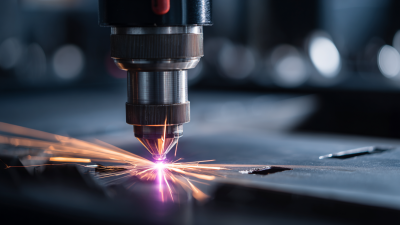
Unlocking Precision and Efficiency with Handheld Laser Welders in Modern Manufacturing
-
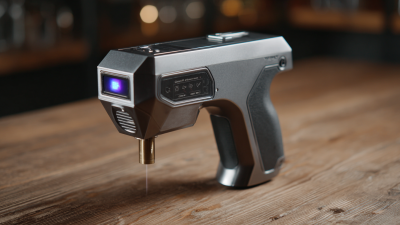
Exploring the Future: How Handheld Laser Welders Are Revolutionizing DIY Projects
-

Unveiling the Future: How Laser Welders Revolutionize Modern Manufacturing Techniques
-

Understanding the Benefits of Fiber Laser Welding Machines: A Comprehensive Guide for Modern Fabrication
-
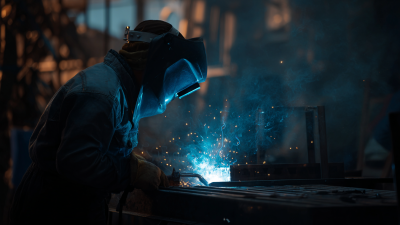
10 Essential Tips for Choosing the Right MIG and TIG Welder for Your Projects
-
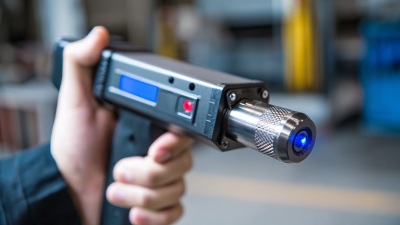
Exploring the Advantages of Hand Held Laser Welding Machines: Efficiency and Precision Unleashed


